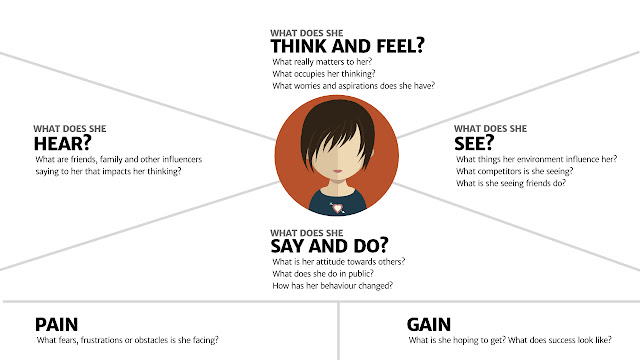Foundation To Mass Personalization
The
shift from analog to digital systems promises to deliver on mass
personalized systems. These digital systems over the next three to five
years start with a design point of intention-driven design and solve the
issue of delivering on massive individual scale which enables
personally tailored experiences. Keep in mind, these promises are
nothing new. In fact, this is the holy grail of customer experience—what
Peppers & Rogers coined "one-to-one marketing" in the late 1990's.
Success requires five core concepts that can support the delivery of tailored customer journeys at the individual level:
As one begins the journey towards mass personalization at scale, customer experience professionals and marketers should:
Success requires five core concepts that can support the delivery of tailored customer journeys at the individual level:
- Continuity of experience. A customer may start an
experience on a mobile device, carry it with her to a car, jump into
the office, and then come back to the home. Regardless of channel,
device, platform, or situation, context is carried. Experiences are
delivered with massive context and personalization. While customers do
not expect a disruption in the experience, they do expect relevancy
regardless of the context.
- Engagement through rich relevancy of context. Four
attributes such as identity, time, geo-spatial position, and weather
support 60 to 65 percent of the use cases most organizations will
encounter. Other attributes depending on industry and business model
will include sentiment, heart rate, and relationships. The goal is to
deliver relevant experiences.
- Choose your own adventure type of journeys. With no
real beginning nor end, expect these systems to work like a "Choose
Your Own Adventure" book. Funnels fall aside as customers, partners,
employees, and vendors jump in across processes, make their own
decisions, and craft their own experiences on their terms. Journey maps
must account for infinite journeys and support the customer-centric
points of view.
- Intention-driven design through anticipatory analytics. Currently
the fashionable approach is predictive. Predictive does a great job of
using past history to predict future patterns. Anticipatory analytics
test for shifts in patterns by setting up hypotheses and awaiting the
results. If we know a person always gets a specific type of coffee at
the same time every day, that's predictive. An anticipatory approach
will test for intention and see what type of coffee is purchased based
on time of day, weather, relationships, location, and even sentiment
gathered from heart rate or actions. Will someone in 90 degree weather
and 70 percent humidity buy an ice coffee more than after intensive
exercise but in 60 degree weather and 30 percent humidity? The test
comes from an offer or studying shifts in patterns and behaviors. This
self-learning and adjusting capability is powered by cognitive computing
approaches. The goal is a Wayne Gretsky approach of "Skating to where
the puck will be."
- Value exchange. As individuals trade both privacy for convenience and privacy for security, organizations must improve the value. If individuals are not saving money or gaining back time or receiving a perceived value, then the personalization is for naught. Both monetary and non-monetary value can be exchanged. Non-monetary value drivers can be recognition, access, and influence.
As one begins the journey towards mass personalization at scale, customer experience professionals and marketers should:
- Start with an assessment of your business model design points.
- Take stock of existing technologies and place them into one of the five systems.
- Conduct a delta analysis of the business model requirements and the existing systems.
- Determine which core platform investments in a build, partner, or buy decision matrix
- Pilot out new platforms and identify the technology roadmap to support the business model design.
Note: All content within this website is the property
of 1to1 Media. Any use of materials, except for social media sharing
(Tweets, Facebook posts, etc.), without the prior written consent of
1to1 Media is strictly prohibited. http://www.1to1media.com/view.aspx?docid=35835&utm_content=cta&utm_source=1to1weeklycta&utm_medium=email&utm_campaign=07182016



Comments
Post a Comment